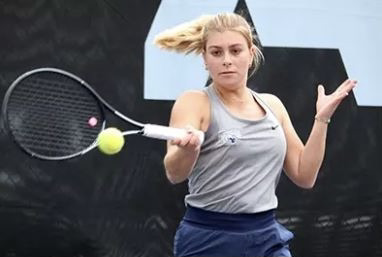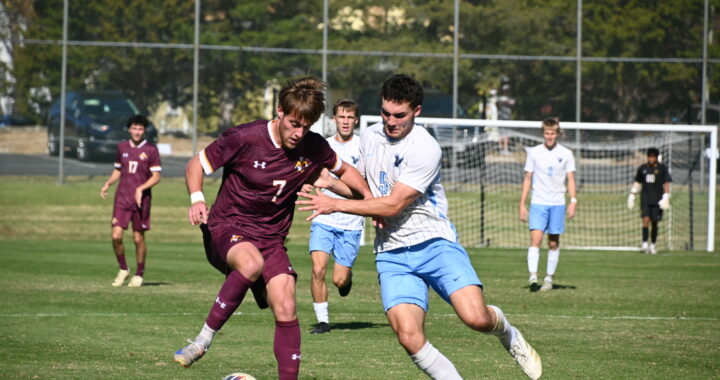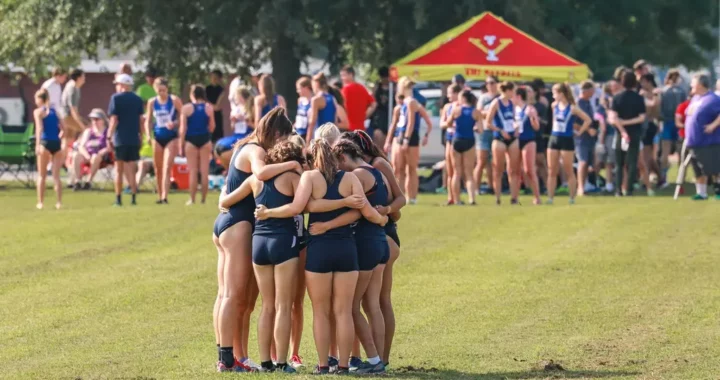Super Smash Bros. gives different thrill to UMW students
4 min readBy COLE MASAITIS
Imagine people screaming all around you, cheering for you against another person. The two of you are in this to win, getting anxious, sweaty, emotional and working as hard as you possibly can to knock your opponent out. After several knockouts and a few rounds later the entire room explodes in reeling, uncontainable excitement, we have a victor. The crowd is crying, laughing, throwing temper tantrums and yelling triumphantly, you and your opponent finally get up from the seats you’ve been glued to, in front if a television, for an entire match. The two competitors pull their eyes away from the television and finally make eye contact after the winner has been decided.
They set their controllers down, congratulate each other on an insane fight, all while catching the breath that escaped them during their intense matchup. This scenario occurs frequently, ranging from local, across college campuses, all the way to international. UMW itself hosts bi-weekly tournaments for anyone to compete in Competitive Super Smash Brothers.
Last year, it was announced that in the near future, video games such as Super Smash Bros. 4, Street Fighter V, Tekken 7 and more will be hosted on ESPN, as stated in a Nintendo Life article, ESPN announced these games will also be added to the annual Evolution Championship Series or EVO. EVO is most easily compared to the Super Bowl of Electronic Sports, otherwise known as E-Sports, and the upcoming event this summer is on July 14-16. In 1999, the original Super Smash Bros. was released, and there have been four installments of the series since it originated, but around 2001 is when things got a little more serious.
This is the year that Super Smash Bros. Melee for the Nintendo GameCube was released and this is when the competitive scene was born. Since then it has been one of the most widely played games of its franchise, in the fighting game community, and has grown so big as to be hosted on ESPN. People from all over the world play Melee, and Smash 4 most commonly, with veterans from when the competitive scene began, as well as players as young as 13-years-old can enter EVO, according to their website.
Along with now being on ESPN, the Smash community has grown in more ways than one. According to an article on PVPLIVE, a newer tournament entitled the Collegiate Colosseum has sprung up that essentially offers over $100,000 in scholarship money for the winners of games like Smash 4, Melee, Overwatch, League of Legends and more. This in turn means that these games are becoming so widely recognized that they are being treated extremely similarly to sports like baseball, football, soccer and many more, all of which students are given scholarships for at universities through becoming incredibly committed and competing regularly. All college students are eligible to compete for the scholarships, all you have to do is love playing the games.
Junior business major Matt Rychlik, is one of founders of the group that started the scene here at UMW. He was recently hired as Video Editor for one of the best Smash players in the scene currently, Adam Lindgren, otherwise known by his alias in the Smash community, Armada. Matt had a few important aspects about the community he wanted to share. “One thing I should mention is that we’re technically no longer a club. We didn’t really gain any benefit from our club status because we don’t use any funds to host events. We’re quite grassroots in that sense. Although, we used to be a club but we functioned the same exact way.”
In describing how the tournaments work, he said, “All of the entry fees go to paying out the top three placers. We don’t pocket money for anything. We just make it a group effort to bring TVs and consoles to play on. It’s important to the integrity of the event. We’re not trying to make money off this. The entire community stems from the fact that people want somewhere to enjoy and improve at Smash Bros.”
He also mentioned “It was impossible to find other people to play with when I came here freshman year, so I took it upon myself to create a community where people can find others to play with.”
They have definitely grown in size, and have students from other schools attending the tournaments.
“Everyone just wants to encourage people to do their best, and encourage people from other schools to compete with us,” Rychlik said. “We’re a tight knit community that loves playing one of the greatest games of all time. We are all dedicated to improving, but above all we just love watching and playing the game and we have players of all skill levels.”
The Smash Bros. series has been long-running, and has grown bigger than anyone could have anticipated as a competitive scene. If you’re interested in learning more, check out the UMW Smash scene, and there are always tournaments and games being streamed on the online streaming website, Twitch. To learn a little about the history, watch The Smash Brothers documentary from 2013, which came out around when Melee began to explode in popularity all over again, and is a little like going through the “Hall of Fame” for Melee.


